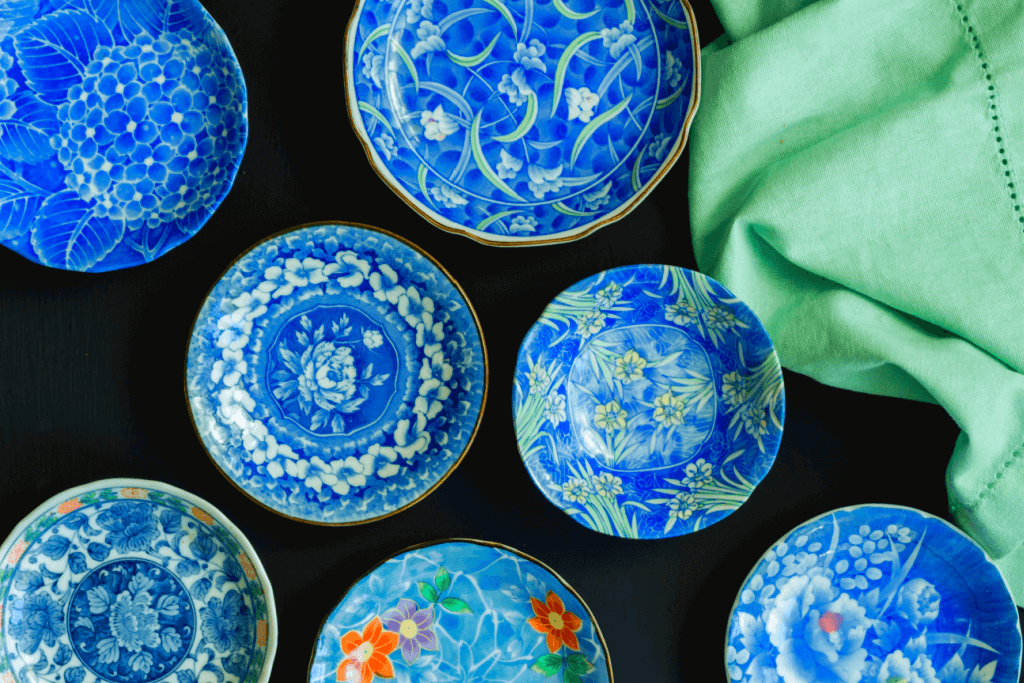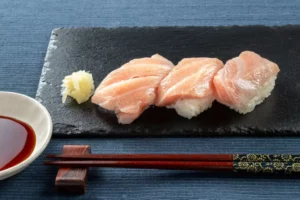With a long and rich history, Japanese ceramics are known for their unique beauty and exquisite craftsmanship. Among the many types of Japanese ceramics, those from Ishikawa and Okayama prefectures are particularly famous for their distinctive styles and techniques. Let’s explore several exquisite examples of ceramics in Japan.
Table of Contents
ToggleOldest Ceramics in Japan
Bizen ware, or bizen-yaki in Japanese, is one of the oldest and most traditional styles of Japanese pottery. It originated in a small village called Imbe, a small Bizen province town over 1,000 years ago. Overall, Bizen ware is famous for its extreme hardness and earthy colors and is a significant part of the wabi sabi aesthetic.
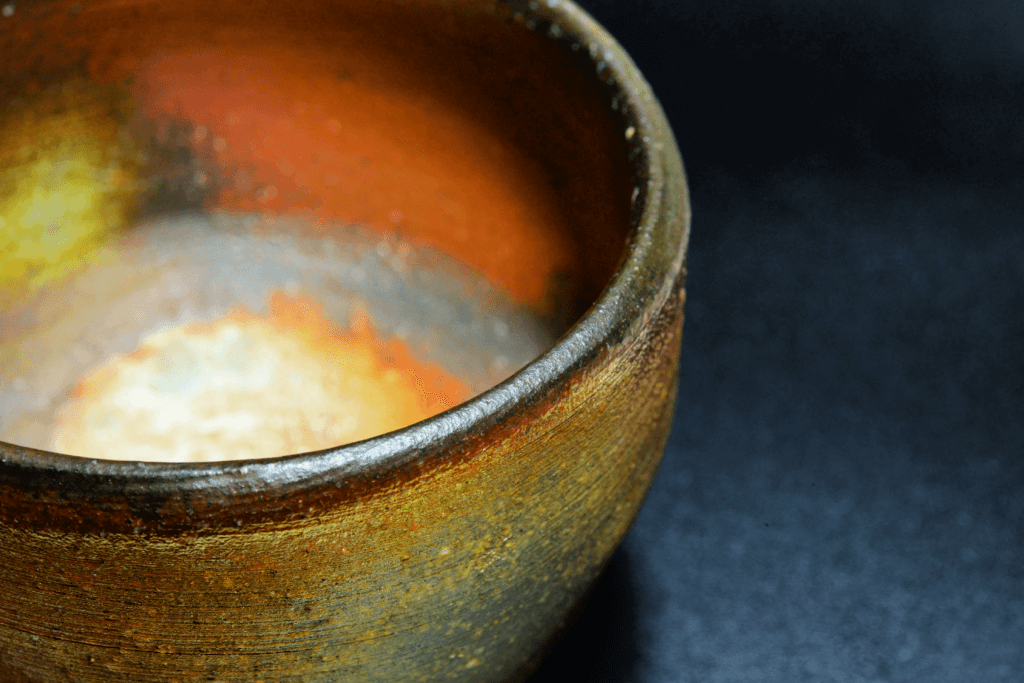
In addition, it uses a unique firing technique that involves putting the pottery without glaze into a kiln. Then, the maker first it at a high temperature over 10-14 days. Because Bizen ware doesn’t have a glaze, it weathers over time and use, which gives it a rustic, aged look that many people treasure.
Treasures of Arita
Arita ware, or arita-yaki in Japanese, is a type of porcelain that originated in the town of Arita in Saga prefecture in southwestern Japan near the end of the 16th century. Overall, it’s famous for its delicate designs and vibrant colors.

Generally, local potters learned new techniques taught to them by potters from the Korean peninsula. Arita ware uses several techniques, including hand painting, stenciling, and inlaying, and traditionally used blue and white designs in the Chinese style. Because of this, modern Arita ware is valuable for its beauty and colorful designs.
Looking to enjoy traditional snacks and even ceramics? Check out Sakuraco! Sakuraco delivers traditional Japanese snacks, teas, sweets, and snacks from local Japanese makers directly to your door so you can enjoy the latest sweets directly from Japan!
Bold and Beautiful
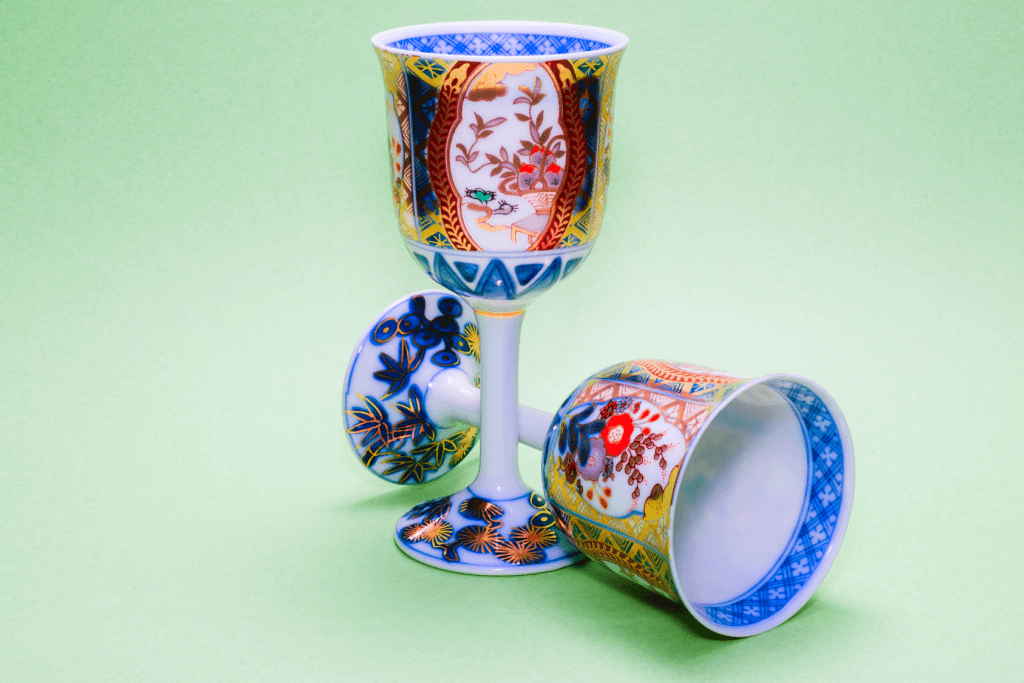
The northwestern prefecture of Ishikawa is famous for its rich ceramic heritage. One of Ishikawa’s most famous types of pottery is Kutani ware, which originated in the 17th century. Generally, Kutani ware has bold, colorful designs, often featuring intricate flower patterns, birds, and other natural elements. Kutani ware uses various techniques, including hand painting, carving, and inlaying, and is valuable because of its beauty and intricate craftsmanship.
Okayama’s Other Pride
Leaving Ishikawa Prefecture, we land in Okayama, home to various ceramic styles, including Bizen ware, as mentioned earlier, and Shigaraki ware. Shigaraki ware is a pottery that originated in Shigaraki, located between Kyoto and Nagoya.
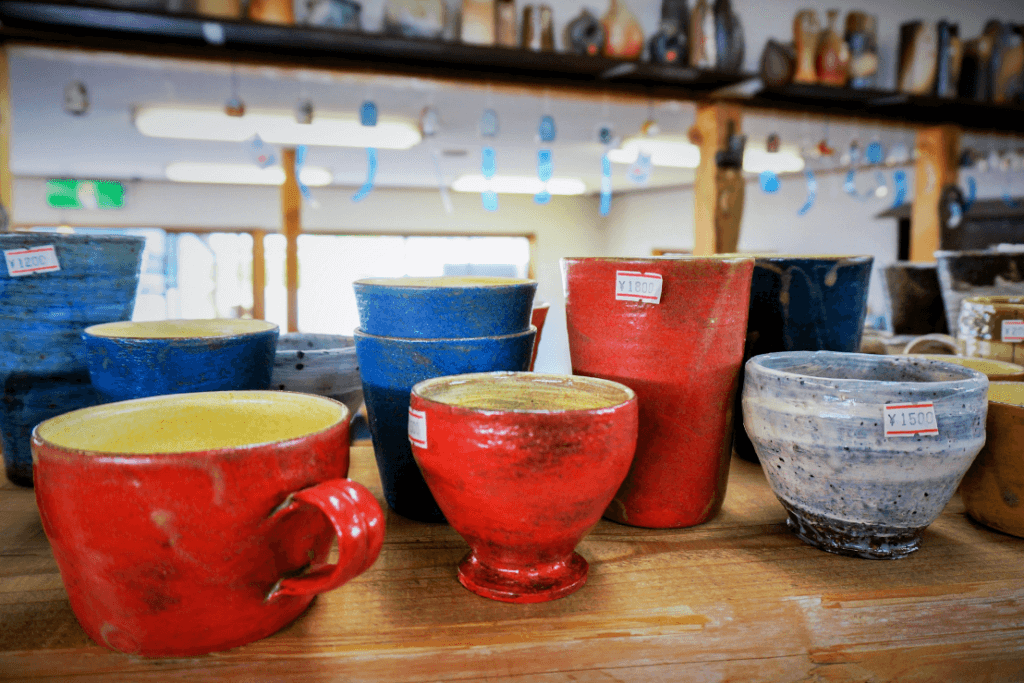
While it was also made without glaze, local artisans started using a deep blue glaze in the Meiji era (1868-1912). Nowadays, aside from being used in tea ceremonies and sake bottles, you can often find them made into flower vases and decorative ornaments.
Hagi Ware
Hagi ware started in Hagi in Yamaguchi Prefecture during the late 16th century. The local lord, Mori Terumoto, brought potters from Korea to create a pottery for the castle and the local community. Over time, the potters adapted their techniques to the local clay. As a result, they created a unique pottery style that reflected the Hagi community’s values. It became famous for its range of understated pinks and yellows to deep browns and grays.
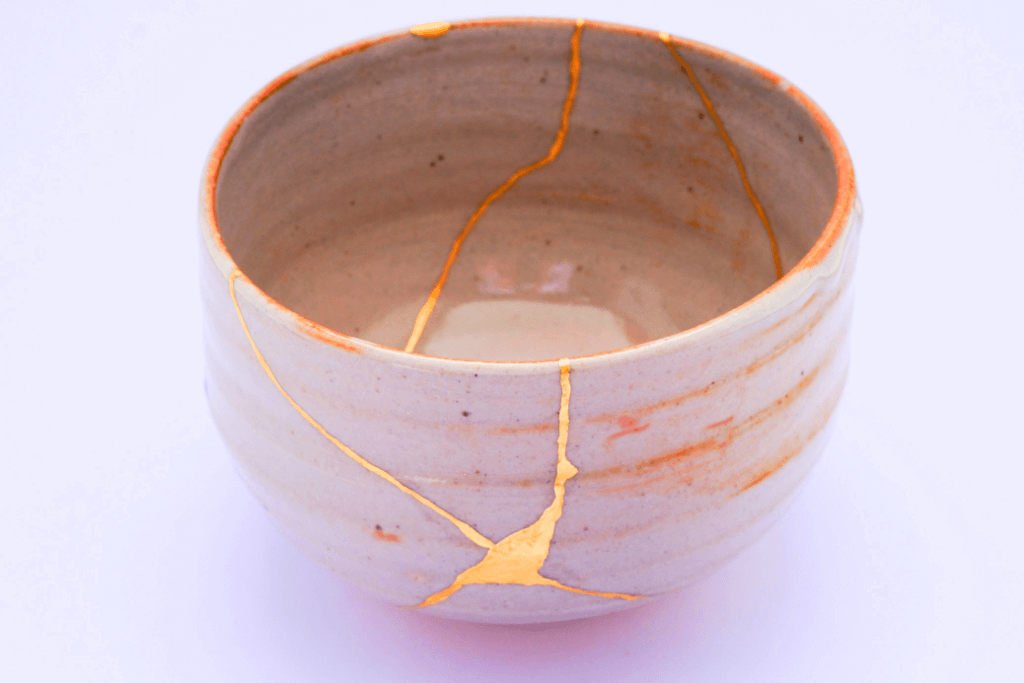
However, what does make Hagi stand out are the glazes. They are often thin and translucent, allowing the texture of the clay to show through. Because these glazes are so thin, they are affected by their environment and use. Tea stains and other discolorations become part of the pottery’s beauty and express the relationship between itself and the person.
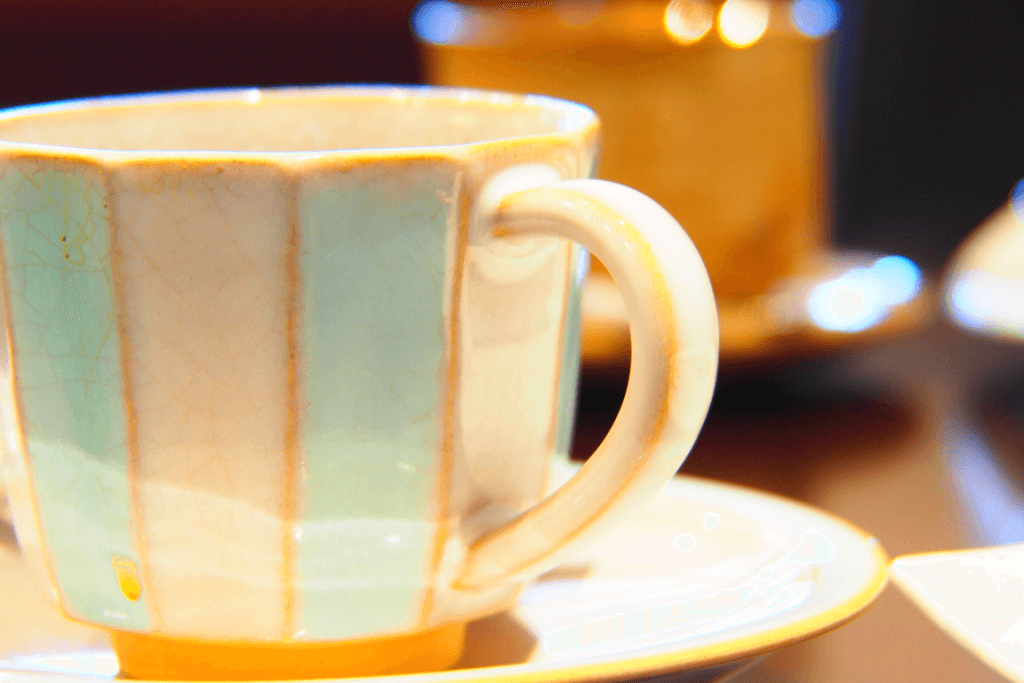
Why is hagi ware popular?
Hagi ware remains a popular choice for tea ceremonies and other traditional practices, but it has also gained a following among contemporary art collectors and enthusiasts. Hagi ware’s simple, rustic beauty has inspired many artists to create their interpretations of the style, expanding the tradition in new and exciting ways. Whether for tea ceremonies or works of art, Hagi ware is a testament to the enduring beauty of Japanese pottery.
To summarize, Japanese ceramics are a testament to the country’s rich cultural heritage and artistic tradition. Bizen ware, Arita ware, and those from Ishikawa and Okayama prefectures are just a few examples of Japanese pottery’s many unique and beautiful styles.
Each style has distinctive features, techniques, and history, but all share a deep respect for nature and a commitment to craftsmanship. Whether used for everyday purposes or as works of art, Japanese ceramics are treasured by people worldwide for their beauty, durability, and cultural significance. Do you own any ceramics made in Japan? Let us know in the comments below!


